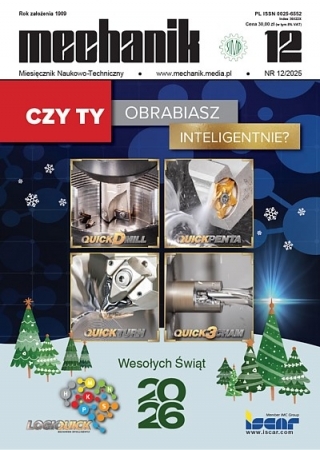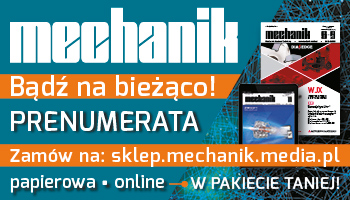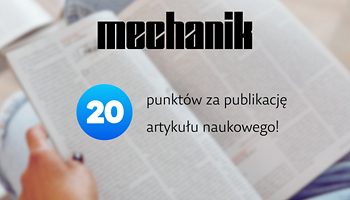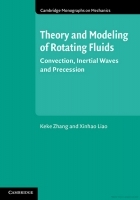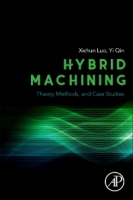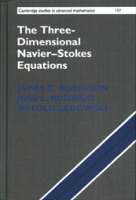Modelowanie sił podczas frezowania walcowo-czołowego w oparciu o hybrydowy model numeryczno-analityczny *
Hybrid numerical-analytical model for force prediction in end milling
Author: Marek Madajewski, Szymon Wojciechowski, Natalia Znojkiewicz, Paweł Twardowski
Mechanik nr 08/09/2018 - Obróbka skrawaniem
STRESZCZENIE: Przedstawiono sposób predykcji składowych siły całkowitej podczas obróbki frezem walcowo-czołowym w oparciu o metodę elementów skończonych (MES) i podejście analityczne. Model hybrydowy wyznacza wartości sił Ff i FfN, które porównano z wartościami doświadczalnymi z testów obejmujących pomiar sił w trakcie frezowania.
SŁOWA KLUCZOWE: metoda elementów skończonych, modelowanie, składowe siły całkowitej, frezowanie walcowo-czołowe
ABSTRACT: Presented is method for prediction of cutting force components during end milling process by utilizing finite element analysis (FEA) combined with classical analytical approach. Hybrid model predicts Ff and FfN force components which are compared with empirical measurements from milling operation.
KEYWORDS: finite element analysis, modelling, force components, end milling
BIBLIOGRAFIA / BIBLIOGRAPHY:
- Altintas Y. “Manufacturing Automation”. Cambridge: CUP, 2012.
- Cook W.H., Johnson G.R. “A constitutive model and data for metals subjected to large strains, high strain rates and high temperatures”. Proc. of the 7th Int. Symposium on Ballistics (1983).
- Ducobu F., Rivière-Lorphèvre E., Filippi E. “Finite element modelling of 3D orthogonal cutting experimental tests with the Coupled Eulerian-Lagrangian (CEL) formulation”. Finite Elements in Analysis and Design. 134 (2017): s. 27–40.
- Jin X., Altintas Y. “Prediction of micro-milling forces with finite element method”. Journal of Materials Processing Technology. 212 (2012): s. 542–552.
- Jing X., Li H., Wang J., Tian Y. “Modelling the cutting forces in micro-end-milling using a hybrid approach”. Int. Journal of Advanced Manufacturing Technology. 74 (2014).
- Mashayekhi M., Salimi M., Vaziri M.R. “Evaluation of chip formation simulation models for material separation in the presence of damage models”. Simulation Modelling Practice and Theory. 19 (2011): s. 718–733.
- Moćko W. “Effects of cumulative fatigue damage under tensional cyclic loading on the constitutive relation of AISI 1045 steel”. Proc. of the 4th Int. Conference on Nonlinear Dynamics (2013).
- Pantale O. “2D and 3D numerical models of metal cutting with damage effects”. Computer Methods in Applied Mechanics and Engineering. 193 (2004): s. 4383–4399.
DOI: https://doi.org/10.17814/mechanik.2018.8-9.125
* Artykuł recenzowany



